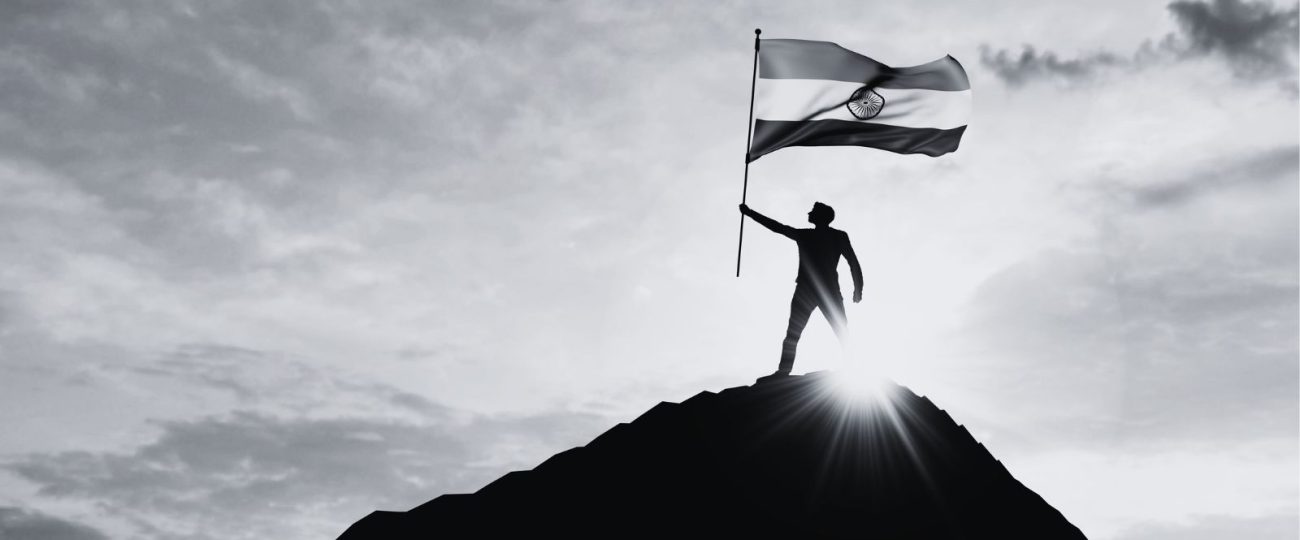What Happened On August 15th?
On August 15, 1947, India began its long-awaited journey of freedom. After nearly two centuries under British rule, India achieved independence. At midnight, Jawaharlal Nehru, who would soon become India’s first Prime Minister, addressed the Constituent Assembly and the nation. In his “Tryst with Destiny” speech, Nehru voiced the hopes and dreams of millions who had fought for this moment. His words ended British control and began India’s journey as a free nation.
People celebrated immediately after Nehru’s speech. In the streets of New Delhi, they waved the new tricolor flag, sang patriotic songs, and embraced one another. Joy filled the air, but tension lingered. The announcement of India and Pakistan’s partition had led to mass migration and communal violence. While India rejoiced, the border regions, especially Punjab and Bengal, faced brutal bloodshed. Refugees on trains crossing the newly drawn borders experienced horrors, with many trains earning the grim name “blood trains.” This contrast between celebration and tragedy defined the beginning of two nations.
Officials in New Delhi lowered the Union Jack for the last time at the Viceroy’s House, now Rashtrapati Bhavan, ending British rule. Lord Louis Mountbatten, the last Viceroy of India, handed over power to India’s new leaders in a solemn ceremony. Nehru then raised the Indian tricolor at the Red Fort and transferred the power from the British Empire to the Indian people. The Red Fort, which had once represented Mughal power and later British dominance, now became the stage for India’s declaration of independence.
Thousands gathered at the Red Fort to witness this historic moment. Excitement filled the air as Nehru hoisted the Indian national flag and signaled India’s freedom. This event at the Red Fort linked the new government with India’s long history, creating a connection between the past and the future. People across the country lit lamps in their homes and public spaces, symbolizing the triumph of light over darkness. They used this act of illumination to represent the hope that colonial rule had ended for good.
The Constituent Assembly adopted the national anthem that day. Before Nehru’s speech, the Assembly chose “Jana Gana Mana,” composed by Rabindranath Tagore, as the anthem for the new nation. Although some members had pushed for “Vande Mataram,” the Assembly selected “Jana Gana Mana” for its inclusive nature, reflecting India’s diverse cultures, languages, and religions. By choosing this anthem, the Assembly affirmed the new nation’s commitment to unity and equality, principles that would guide India’s future.
In contrast to the celebrations in Delhi, Mahatma Gandhi spent the day in Calcutta (now Kolkata), deeply troubled by the communal violence sweeping the country. He fasted and prayed for peace, choosing to focus on fostering harmony rather than joining the celebrations. Gandhi walked through riot-torn neighborhoods, urging Hindus and Muslims to lay down their arms and live in peace. His presence in Calcutta on the day of independence reflected his belief that India’s true freedom would only be realized when all its people could live together without conflict.
Sardar Vallabhbhai Patel, India’s first Deputy Prime Minister and Minister of Home Affairs, worked tirelessly to bring the princely states into the Indian Union. These semi-autonomous regions, governed by local monarchs, faced a difficult decision: to join India, Pakistan, or remain independent. Patel persuaded nearly all these states to join India through diplomacy, persuasion, and sometimes force. The integration of these states, however, presented challenges, with some, like Hyderabad and Kashmir, creating serious issues in the months and years following independence.
The adoption of the national flag and its tricolor of its saffron, white, and green stripes and the Ashoka Chakra in the center, became the symbol of unity and progress. Initially, the flag featured a spinning wheel, representing Gandhi’s emphasis on self-reliance. After much debate, the Ashoka Chakra, symbolizing fairness and justice, replaced the spinning wheel. The adoption of the flag played a key role in establishing the new nation’s identity.
The Indian National Army (INA), led by Subhas Chandra Bose, also played an important yet often overlooked role in India’s independence. Although Bose’s methods differed from Gandhi’s nonviolent approach, his leadership of the INA and its efforts to secure Indian independence through military means inspired many Indians. The INA’s actions built public support for independence, particularly among soldiers and veterans, adding another dimension to the freedom struggle. Bose’s call for armed resistance, along with the stories of INA soldiers who fought against British forces, left a lasting impact on the collective memory of the Indian independence movement.
On the eve of independence, the British government attempted to keep India within the British Commonwealth by offering dominion status instead of full independence. Indian leaders, including Nehru and Sardar Patel, rejected this proposal, insisting on complete sovereignty. They sent a clear message with this rejection: India would chart its own course without any lingering ties to its colonial past.





